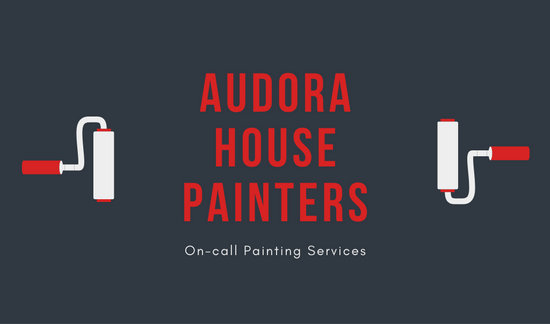Seasonal Considerations For Business Outside Painting: What You Required To Know
Seasonal Considerations For Business Outside Painting: What You Required To Know
Blog Article
Click In this article Developed By-McLamb Skafte
When you're intending a business outside painting task, seasonal elements can make or break your results. You'll want to think about how temperature level and humidity impact paint application and drying out times. Choosing the appropriate season can ensure your paint sticks appropriately and lasts longer. But which seasons are genuinely the most effective for this kind of work? Allow's discover the crucial elements that can influence your project's success.
The Influence of Temperature on Paint Application
When you're preparing a business external painting task, the temperature level can significantly affect how well the paint sticks and dries.
Preferably, you intend to paint when temperature levels range between 50 ° F and 85 ° F. If it's too cold, the paint might not heal appropriately, resulting in problems like peeling off or cracking.
On the flip side, if it's too warm, the paint can dry out as well swiftly, preventing proper bond and resulting in an irregular finish.
You must likewise take into consideration the time of day; early morning or late afternoon provides cooler temperature levels, which can be extra desirable.
Always examine the supplier's suggestions for the certain paint you're making use of, as they often provide support on the suitable temperature level array for ideal outcomes.
Moisture and Its Result on Drying Times
Temperature level isn't the only environmental factor that affects your commercial exterior painting job; humidity plays a significant duty as well. High moisture degrees can reduce drying out times significantly, impacting the general top quality of your paint job.
When the air is filled with dampness, the paint takes longer to cure, which can lead to issues like bad adhesion and a higher threat of mold growth. If you're repainting on a particularly humid day, be planned for prolonged delay times in between layers.
It's crucial to monitor local climate condition and strategy accordingly. Ideally, go for https://felixlrnyi.blogdemls.com/34214356/setting-the-phase-for-a-successful-paint-task-starts-with-one-crucial-facet-that-is-usually-overlooked-and-it-can-make-all-the-distinction-worldwide between 40% and 70% for ideal drying.
Maintaining these factors in mind ensures your job remains on track and delivers a long-term finish.
Best Seasons for Commercial Outside Paint Projects
What's the most effective time of year for your commercial external painting tasks?
Spring and early autumn are usually your best bets. Throughout these periods, temperatures are mild, and humidity degrees are frequently reduced, producing optimal conditions for paint application and drying out.
Avoid summer's intense heat, which can trigger paint to completely dry as well rapidly, causing poor attachment and coating. Similarly, winter months's cool temperature levels can hinder proper drying out and curing, running the risk of the durability of your paint work.
Go for days with temperatures between 50 ° F and 85 ° F for optimal results. Bear in mind to examine the local weather prediction for rain, as damp problems can destroy your task.
Planning around these variables ensures your paint task runs smoothly and lasts much longer.
Conclusion
Finally, intending your business external paint tasks around seasonal factors to consider can make a substantial distinction in the end result. By organizing work during the suitable temperature levels and moisture levels, you'll make sure better attachment and drying out times. Keep in mind to watch on neighborhood weather prediction and choose the correct time of year-- spring and early autumn are your best bets. Taking these steps will certainly help you attain a sturdy and professional finish that lasts.
